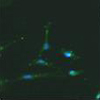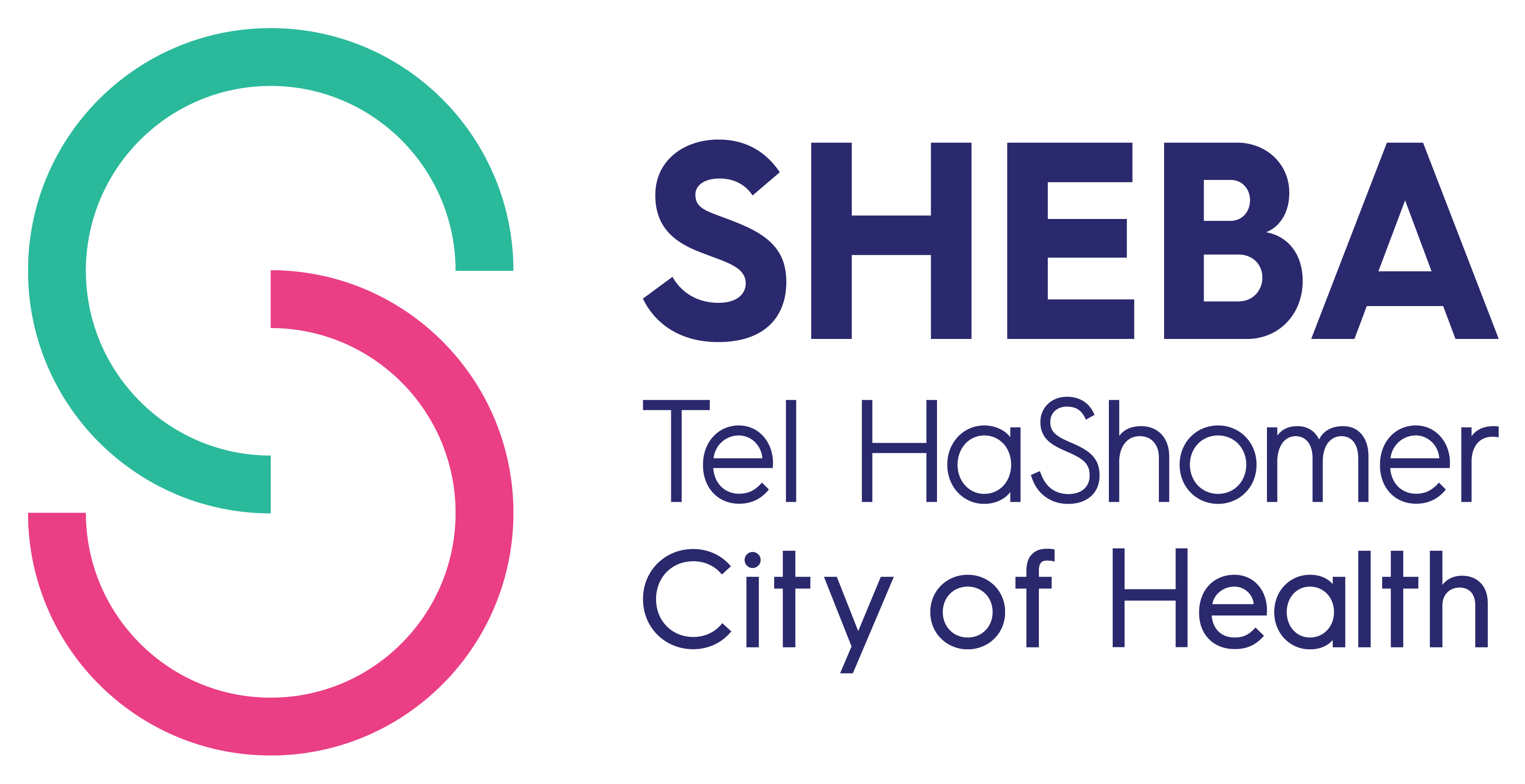Pediatric GBM Project
Glioblastoma multiforme (GBM) is a fast-growing type of central nervous system tumor that forms from supportive tissue of the brain and spinal cord. The tumor cells are characterized by a high resistance to radio and chemotherapy and the disease often has a devastating impact on patients. Most children diagnosed with glioblastoma multiforme receive surgery and radiation, and in some cases chemotherapy. About 65 percent of these tumors arise in the cerebral hemispheres, which control many higher functions such as speech, movement, thought and sensation. Unfortunately, the prognosis for glioblastoma multiforme tumors remains poor. We use a multi targeted approach to overcome the obstacles that challenge GBM therapy.

Our first aim is to accelerate the activity of the current chemotherapy treatments by activating the necessary co factors and hence enable better results while using lower amounts of chemotherapy. This will lead to better prognosis and also less toxicity and side effects.
We also investigate the role of recently discovered regulatory factors (micro RNA) in pediatric GBM. This line of investigation will hopefully lead to novel therapeutic targets.









